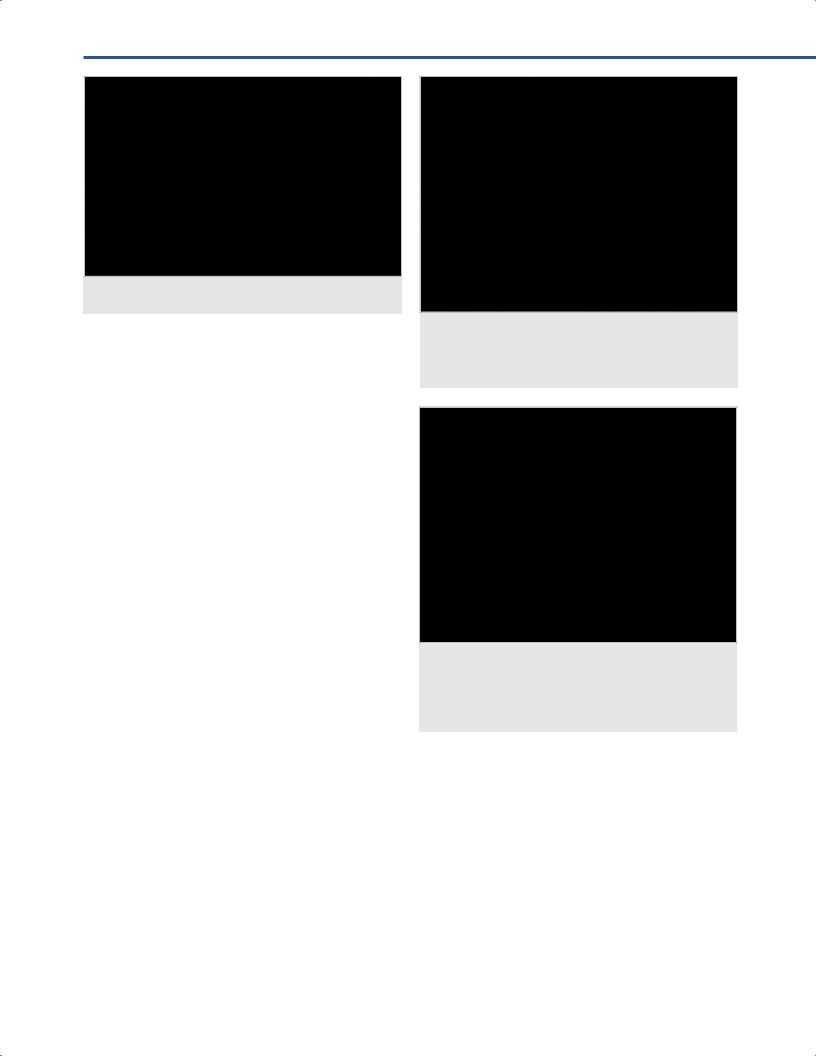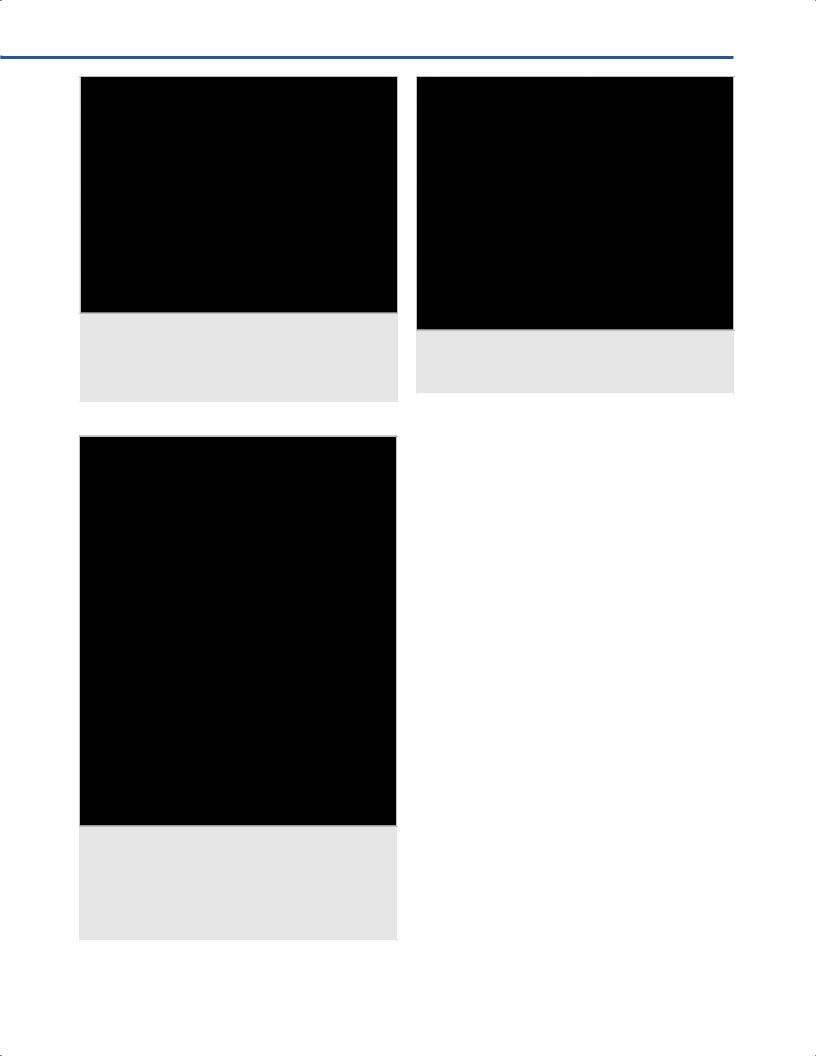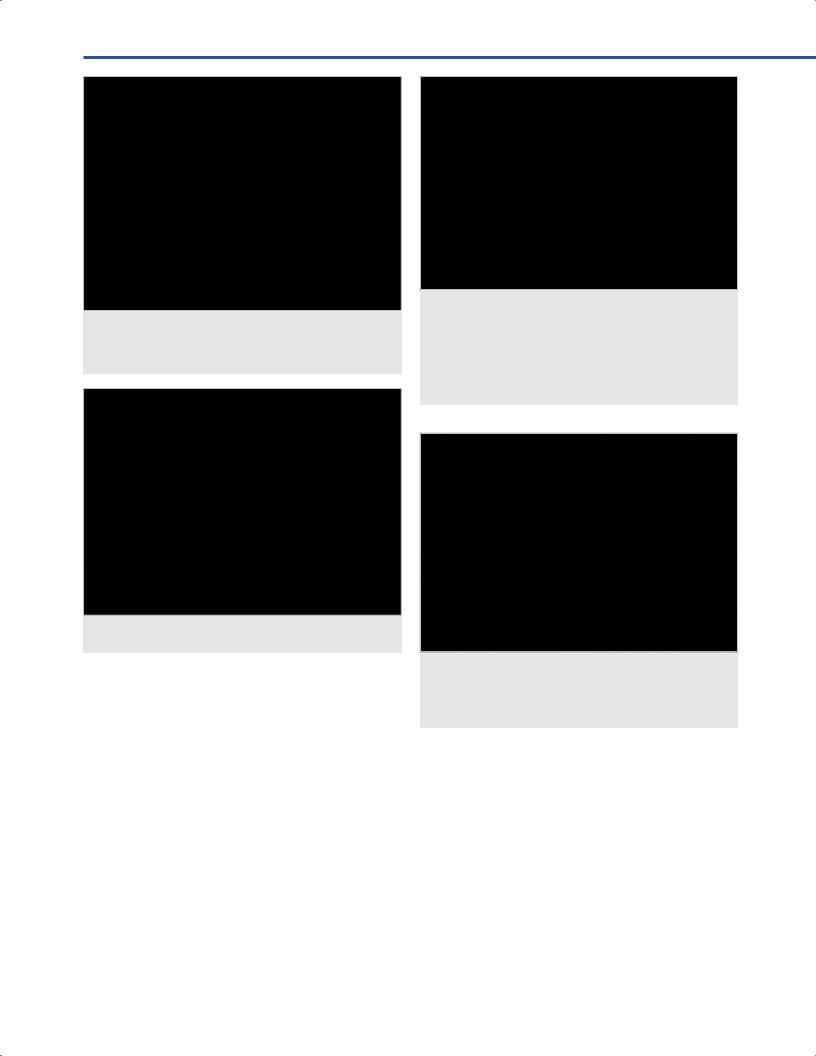
- •Operative Cranial Neurosurgical Anatomy
- •Contents
- •Foreword
- •Preface
- •Contributors
- •1 Training Models in Neurosurgery
- •2 Assessment of Surgical Exposure
- •3 Anatomical Landmarks and Cranial Anthropometry
- •4 Presurgical Planning By Images
- •5 Patient Positioning
- •6 Fundamentals of Cranial Neurosurgery
- •7 Skin Incisions, Head and Neck Soft-Tissue Dissection
- •8 Techniques of Temporal Muscle Dissection
- •9 Intraoperative Imaging
- •10 Precaruncular Approach to the Medial Orbit and Central Skull Base
- •11 Supraorbital Approach
- •12 Trans-Ciliar Approach
- •13 Lateral Orbitotomy
- •14 Frontal and Bifrontal Approach
- •15 Frontotemporal and Pterional Approach
- •16 Mini-Pterional Approach
- •17 Combined Orbito-Zygomatic Approaches
- •18 Midline Interhemispheric Approach
- •19 Temporal Approach and Variants
- •20 Intradural Subtemporal Approach
- •21 Extradural Subtemporal Transzygomatic Approach
- •22 Occipital Approach
- •23 Supracerebellar Infratentorial Approach
- •24 Endoscopic Approach to Pineal Region
- •25 Midline Suboccipital Approach
- •26 Retrosigmoid Approach
- •27 Endoscopic Retrosigmoid Approach
- •29 Trans-Frontal-Sinus Subcranial Approach
- •30 Transbasal and Extended Subfrontal Bilateral Approach
- •32 Surgical Anatomy of the Petrous Bone
- •33 Anterior Petrosectomy
- •34 Presigmoid Retrolabyrinthine Approach
- •36 Nasal Surgical Anatomy
- •37 Microscopic Endonasal and Sublabial Approach
- •38 Endoscopic Endonasal Transphenoidal Approach
- •39 Expanded Endoscopic Endonasal Approach
- •41 Endoscopic Endonasal Odontoidectomy
- •42 Endoscopic Transoral Approach
- •43 Transmaxillary Approaches
- •44 Transmaxillary Transpterygoid Approach
- •45 Endoscopic Endonasal Transclival Approach with Transcondylar Extension
- •46 Endoscopic Endonasal Transmaxillary Approach to the Vidian Canal and Meckel’s Cave
- •48 High Flow Bypass (Common Carotid Artery – Middle Cerebral Artery)
- •50 Anthropometry for Ventricular Puncture
- •51 Ventricular-Peritoneal Shunt
- •52 Endoscopic Septostomy
- •Index

12 Trans-Ciliar Approach
Khaled M. A. Aziz, Nouman Aldahak, and Mohamed Arnaout
12.1 Introduction
The trans-ciliar approach represents a keyhole approach to the anterior cranial fossa and parasellar region, developed to minimize retraction on the frontal lobes in order to reach the pathology at hand.
As for other keyhole approaches the trauma to the superfcial layers is minimal but the fnal exposure is sufcient to remove large tumors of this area and address selected vascular pathology of the anterior circulation.
12.2 Indications
•Aneurysms of the anterior circulation are the most commonly treated pathology including internal carotid artery, proximal anterior cerebral artery (ACA), anterior communicating artery (AcoA), posterior communicating artery (Pcom), proximal middle cerebral artery (MCA) and basilar tip.
•Tumors of the sellar and parasellar region and anterior skull base.
•Orbital lesions requiring craniotomy for exposure.
12.3 Brain Relaxation
•Head positioning: The head is positioned above the heart’s level.
•Mannitol, steroids.
•Lumbar drain (optional).
12.4 Patient Positioning (Fig. 12.1)
•Position: The patient is positioned supine with the head fxed with a Mayfeld head holder.
•Body: The body is placed fat at 20° of reverse Trendelenburg position.
•A roll is put below the ipsilateral shoulder.
•Head:
○The head is elevated above the level of the heart (Fig. 12.1A.)
○It is rotated 15-30°according to the lesion approached, opposite to skin incision side (Fig. 12.1B.)
○A slight extension of about 20° toward the foor is provided (Fig. 12.1C.)
•The malar eminence has to be the highest point in the surgical feld.
•Eye protection techniques:
○Lubricant to the ipsilateral eye.
○Ophthalmology eye shield.
○Ipsilateral tarsorrhaphy is recommended.
12.5 Skin Incision (Fig. 12.2)
•The incision is placed in the most superior margin of the eyebrow, which can be within a skin fold above the eyebrow (supraciliary).
•Starting point: The supraorbital notch can be considered as the medial limit of the incision.
•Course: Incision line runs over the eyebrow.
Fig. 12.1 Patient positioning: (A) 20° of reverse Trendelenburg position to elevate the head above the level of the heart. (B) Rotation 15-30° opposite to skin incision side. (C) The head is extended about 20° toward the .
77

III Cranial Approaches
Fig. 12.2 Skin incision. The pointed line reveals the possible lateral extension up to 1 cm, the arrow: the supraorbital notch.
•Ending point: Incision ends at the margin point of the tail of the eyebrow, it can be extended up to 1 cm laterally.
•The lateral extension of the incision should be sufcient to reveal the anterior edge of the temporal muscle and, with that, the frontobasal keyhole.
12.5.1 Critical Structures
• The supraorbital neurovascular bundle.
12.6 Soft Tissues Dissection (Fig. 12.3)
•Myofascial level
○Dissection through soft tissues is carried out in the direction of the skin incision.
•Muscles (Fig. 12.3)
○The frontalis muscle is incised along the direction of muscle fbers, parallel to the skin incision.
○The soft tissue dissection has to be carried out up to 3 cm above the orbital ridge.
○The temporal fascia and muscle are exposed.
•Bone exposure
○Landmarks for an orbital ridge periosteal incision:
-Medially: The supraorbital notch.
-Laterally: The lateral orbital tubercle.
○The periosteum is incised in U-shaped fashion based on the orbital ridge, then elevated.
○Elevation of the periosteum across the frontal bone is continued laterally beyond the frontozygomatic junction
(Fig. 12.4).
○If an additional orbital osteotomy is planned, the subperiosteal dissection is carried down to orbital roof; the ocular globe should be protected in this step with a malleable retractor.
○Dissection of the temporal fascia and muscle from the superior temporal line is continued until the extracranial surface of the greater wing of the sphenoid bone is exposed (Fig. 12.5).
Fig. 12.3 Soft tissue dissection: myofascial dissection and frontal muscle incision.
Abbreviations: FM = frontalis muscle; LOT = lateral orbital tubercle; OR = orbital ridge; PO = periosteum; SON = supraorbital nerve; TM = temporal muscle; ZP = zygomatic process of frontal bone.
Fig. 12.4 The periosteum is incised in U-shaped fashion and elevated; the subperiosteal dissection is carried out until the fronto zygomatic junction.
Abbreviations: FB = frontal bone; FZJ = frontozygomatic suture; LOT = lateral orbital tubercle; OR = orbital ridge; PO = periosteum; SON = supraorbital nerve; TM = temporal muscle.
12.6.1 Critical Structures
•The supraorbital neurovascular bundle
•The ocular globe
12.6.2 Craniotomy (Fig. 12.6)
•Burr holes
○A fronto-basal keyhole is placed to expose the frontal lobe dura, it can be extended to the extracranial surface of the greater wing of sphenoid bone to expose the temporal pole dura and Sylvian fssure (Figs. 12.5, 12.6).
○Thereafter, the craniotomy is performed and should be large enough to accommodate fully opened bipolar forceps.
78

12 Trans-Ciliar Approach
Fig. 12.5 Dissection of the temporal fascia and muscle until the extracranial surface of the greater wing of the sphenoid bone is exposed.
Abbreviations: GW = extracranial surface of the greater wing of sphenoid bone; OR = orbital ridge; PO = periosteum; SON = supraorbital nerve; TM = temporal muscle.
Fig. 12.6 Craniotomy: illustration showing the supraorbital craniotomy and orbital osteotomy.
Colors: green spot = keyhole; green lines = supra
orbital craniotomy (SOC); blue lines = the part of the orbital ridge to be drilled and flattened (ORD); red spot = the extension of the keyhole if an orbital osteotomy is needed; red lines = the orbital osteotomy (OO); black arrow = the supraorbital notch.
Fig. 12.7 Craniotomy.
Abbreviations: FLD = frontal lobe dura; GW = extracranial surface of the greater wing of sphenoid bone; OR = orbital ridge; PO = periosteum; SON = supraorbital nerve; TM = temporal muscle.
•Craniotomy landmarks (Figs. 12.5, 12.6)
○Medially: The supraorbital notch or the frontal sinus if it is lateral to the notch; the neuronavigation is recommended for intraoperative identifcation of the bony landmarks.
○Laterally: The keyhole.
○Superiorly: Up to 3 cm superior to the supraorbital ridge.
○Inferiorly: The orbital ridge (except if an orbital osteotomy is needed).
○Since the orbital ridge and the orbital roof are irregular, an extradural drilling to fatten the exposed bony surfaces will enhance the exposure (Figs. 12.7, 12.8).
○Extradural anterior clinoidectomy and optic foraminotomy can be performed as needed.
12.6.3 Critical Structures
•The supraorbital neurovascular bundle
•The ocular globe
•The frontal paranasal sinus
12.7 Dural Opening (Fig. 12.9)
• U-shaped fashion with its fap based inferiorly.
12.8 Intradural Exposure (Figs. 12.10, 12.11)
•Bony structures: Anterior and posterior clinoid processes.
•Parenchymal structures: Frontal lobe, the temporal lobe can be exposed if needed.
•Arachnoidal layers: Optic cistern, carotid cistern, and the proximal Sylvian fssure (if needed).
79

III Cranial Approaches
Fig. 12.8 Craniotomy. The orbital ridge and orbital roof are extradurall ttened.
Abbreviations: FLD = frontal lobe dura; OR = orbital ridge; ORO = orbital roof.
Fig. 12.9 The U-shaped dural opening.
Abbreviations: FL = frontal lobe; FLD: frontal lobe dura.
•Cranial nerves: Ipsilateral and contralateral optic nerves, optic chiasm, ipsilateral/contralateral oculomotor nerve.
•Arteries: Ipsilateral and contralateral internal carotid artery (ICA), ipsilateral and contralateral ACA, AcoA, ipsilateral Pcom, ipsilateral MCA.
•The pituitary stalk can be visualized.
•Extradural or intradural anterior clinoidectomy and/or bony optic foraminotomy and sectioning the falciform ligament (dural optic foraminotomy) are required to avoid injury of the optic nerve in carotid ophthalmic segment aneurysms, proximal P-com aneurysms and sellar and parasellar lesions.
References
1.Abdel Aziz KM, Bhatia S, Tantawy MH, et al. Minimally invasive transpalpebral “eyelid” approach to the anterior
Fig. 12.10 Microscopic view: the frontal lobe is retracted. Abbreviations: AcoA = anterior communicating artery; ACP = anterior clinoid process; LACA = left anterior cerebral
artery; LMCA = left middle cerebral artery; LON = left optic nerve; LT = lamina terminalis; PCP = posterior clinoid process;
Pcom = posterior communicating artery; RACA = right anterior cerebral artery; RICA = right internal carotid artery; RON = right optic nerve; III = oculomotor nerve.
Fig. 12.11 Microscopic view: the pituitary stalk is visualized. Abbreviations: ACP = anterior clinoid process; DS = diaphragma sellae; LACA = left anterior cerebral artery; LICA = left internal carotid artery; LON = left optic nerve; PS = pituitary stalk;
RON = right optic nerve.
cranial base. Neurosurgery 2011;69(2, Suppl Operative): ons195–ons206, discussion 206–207
2.Jho HD. Orbital roof craniotomy via an eyebrow incision: a simplifed anterior skull base approach. Minim Invasive Neurosurg 1997;40(3):91–97
3.Little A, Gore P, Darbar A, et al. Supraorbital eyebrow approach. In: Cappabianca P, Califano L, Iaconetta G, eds. Cranial, craniofacial, and skull base surgery. Milan: Springer; 2010:27–38
4.Perneczky A, Reisch R. Supraorbital approach. In: Perneczky A, Reisch R, eds. Keyhole approaches in neurosurgery. Wien: Springer; 2008:37–95
80
